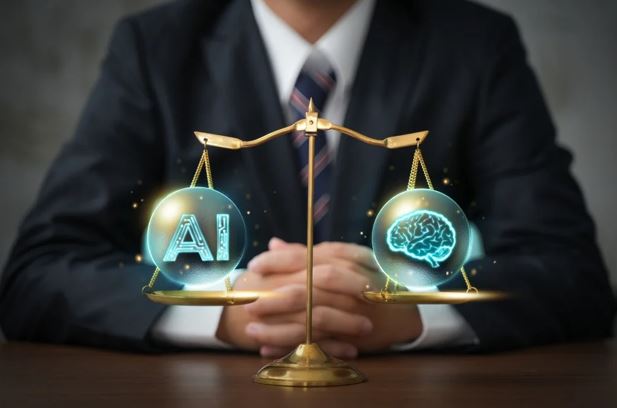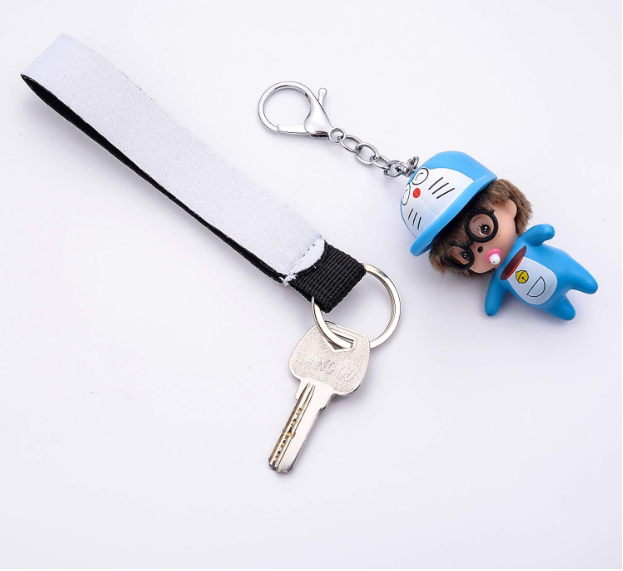How Image to 3D Technology is Changing Digital Design
Image-to-3D technology is revolutionizing digital design by turning flat images into three-dimensional models. This transformation is making it easier than ever for designers, artists, and hobbyists to create lifelike digital objects. From virtual reality environments to online shopping, this technology is opening up a range of possibilities that weren’t imaginable just a few years ago. Let’s explore how image-to-3D technology is reshaping the world of digital design and enhancing the way we interact with digital content.
Boosting Efficiency in Professional Design
For professional designers, image to 3d technology has become a valuable tool for saving time and improving efficiency. By automating parts of the 3D modeling process, it allows designers to focus on other creative aspects, such as refining textures or enhancing lighting effects.
For instance, in architecture and interior design, designers can quickly convert sketches or photographs into 3D models to visualize spaces and test ideas. This not only speeds up the design process but also provides clients with a clearer picture of the final result, making it easier for them to provide feedback. Ultimately, image-to-3D technology enables professionals to complete projects faster, reducing the turnaround time for both design and client approval.
Advancing Virtual and Augmented Reality
Virtual reality (VR) and augmented reality (AR) have benefited immensely from image-to-3D technology. By transforming simple images into 3D models, VR and AR experiences can include detailed, realistic objects that enhance immersion. For example, in VR gaming, designers can create more lifelike environments populated with objects scanned from the real world, making gameplay feel more dynamic.
In AR, image-to-3D technology enables virtual elements to blend seamlessly with the real world. Retailers, for instance, can use 3D models to show customers what a piece of furniture would look like in their living room, helping them make more informed purchasing decisions. These immersive experiences are changing how we interact with digital content and creating exciting new possibilities for education, entertainment, and shopping.
Enriching Online Shopping and Marketing
Image-to-3D technology is reshaping online shopping by allowing customers to view products in three dimensions before making a purchase. In traditional online shopping, buyers often have to rely on flat images that can leave them uncertain about a product’s size, shape, or texture. With 3D models, customers can view products from every angle and even place virtual representations in their own spaces using AR.
Brands are also finding new ways to market products by integrating 3D visuals into their campaigns. From fashion to electronics, companies are using 3D models to create interactive experiences that engage consumers in a way that static images cannot. This shift toward 3D in e-commerce is enhancing customer satisfaction and helping brands stand out in a crowded marketplace.
Supporting Rapid Prototyping and Manufacturing
In the fields of prototyping and manufacturing, image-to-3D technology has made it easier to create accurate models of products before they are produced. Designers and engineers can use 3D scans of initial sketches or physical prototypes to identify design flaws and make adjustments before committing to production. This reduces material waste and saves time by allowing issues to be resolved during the digital modeling stage rather than in the physical prototyping stage.
Additionally, image-to-3D technology supports the production of custom-made items. For instance, a company that manufactures custom-fit wearables can use 3D scans of clients’ measurements to produce items that fit perfectly, creating a more personalized and efficient production process.
Enhancing Digital Art and Creativity
For digital artists, image-to-3D technology provides a fresh medium to explore. Artists can capture real-world objects and transform them into 3D models to use in virtual artworks or digital exhibitions. Some artists use 3D models to create animations, virtual sculptures, and digital installations that blend real-world textures with fantastical digital elements.
Beyond individual art, this technology is also opening doors in education, as teachers and students can create 3D models to study historical artifacts or biological specimens, making learning more engaging and interactive.
In a world where digital design is constantly evolving, image-to-3D technology stands out as a powerful tool that is making 3D accessible to everyone. Whether for personal exploration, professional use, or artistic expression, it is expanding possibilities and allowing more people to bring their creative visions to life in ways that were once out of reach.




